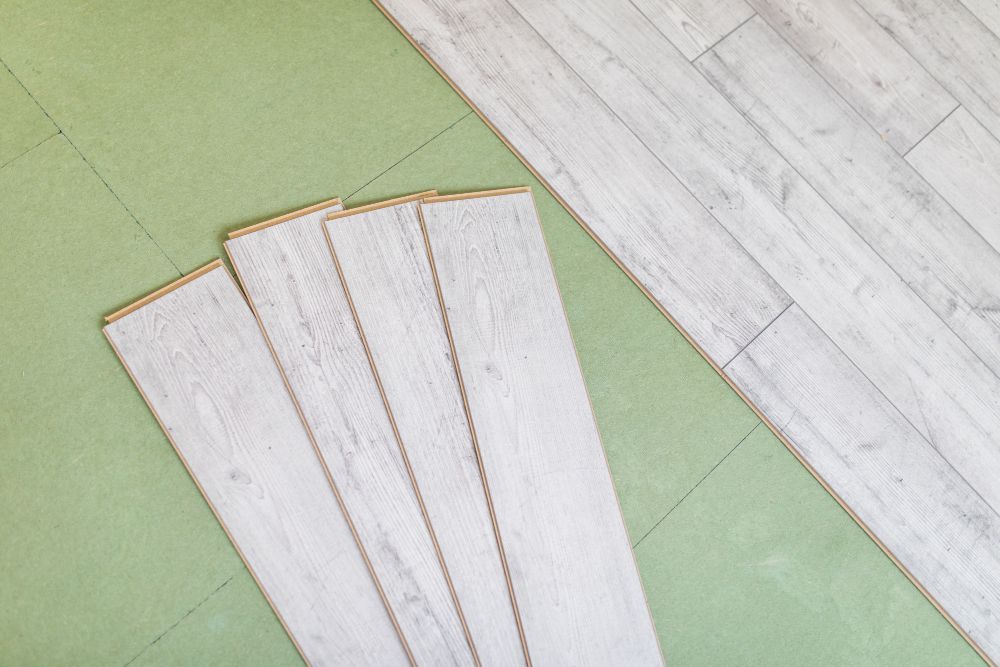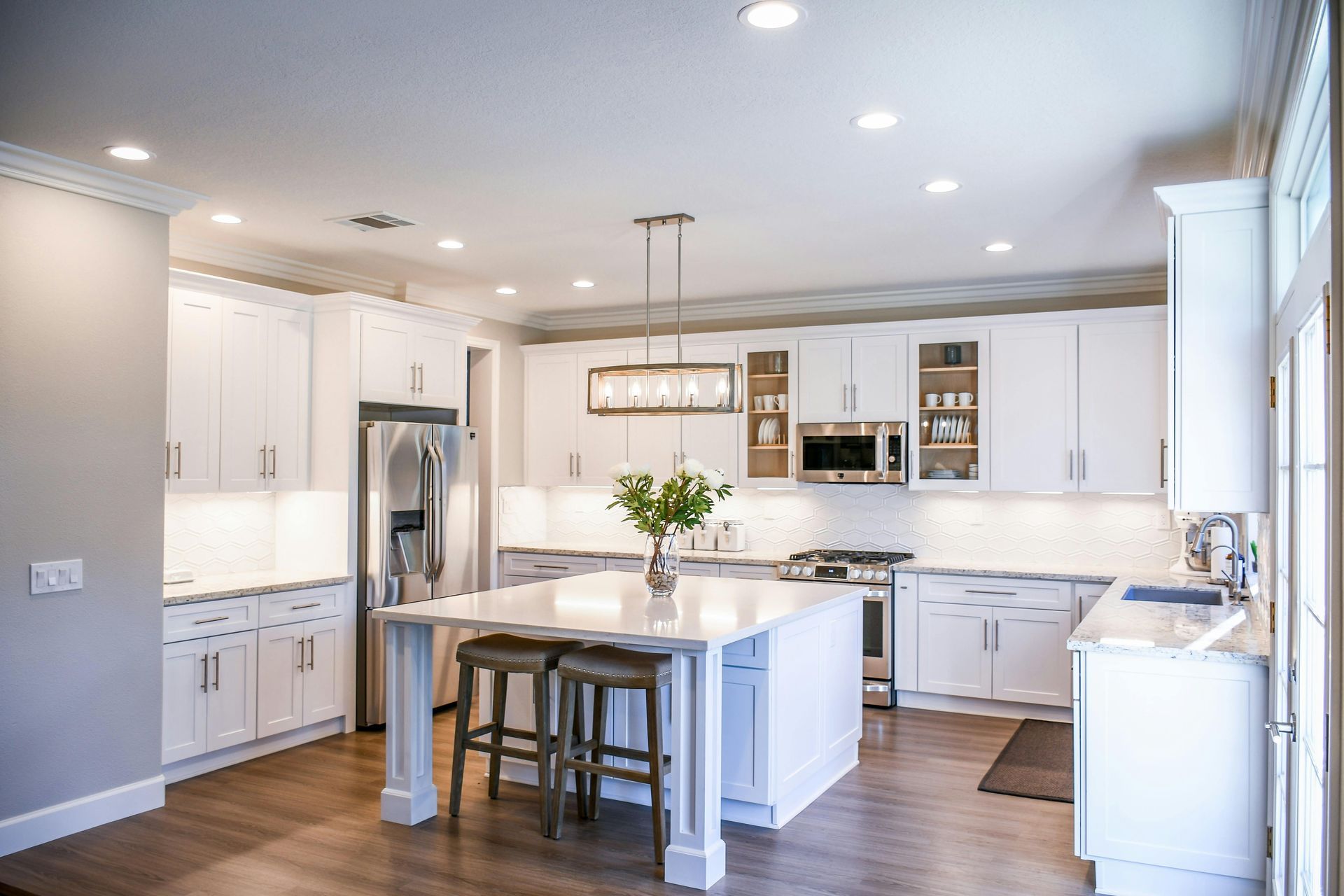Maintaining Siding, Fascia, and Soffit to Protect Your Home from Weather Damage
Introduction
Weather in River Falls can be tough: snow, ice, wind, intense sun, and moisture. Your home’s siding, fascia, and soffit play a huge role in protecting it. When those pieces are neglected, problems like rot, leaks, mold, and damage to your structure can follow.
This article explains what siding, fascia, and soffit do; how local weather wears them down; how to keep them well maintained; and how to spot when repair or replacement is necessary.
What Are Siding, Fascia, and Soffit — And Why They’re Critical
Here’s a breakdown to help you understand how these parts contribute:
- Siding covers your exterior walls. It blocks moisture, wind, pests and helps with insulation.
- Fascia is the board that runs along the edge of the roof, often where gutters attach. It protects roof edges and supports drainage.
- Soffit is the underside of the roof overhang. It permits airflow into and out of attic-spaces, keeping moisture from building up under the roof.
If any of these fail, moisture or pests can find their way in, insulation can underperform, and visible/structural damage may occur.
How Wisconsin Weather Impacts Them
Wisconsin’s climate throws several challenges at siding, fascia, and soffit:
- Freeze-thaw cycles cause expansion/contraction, stressing joints, paint, and boards.
- Snow, ice, and ice dams force moisture into seams, under edges, and into boards that aren’t well sealed.
- Heavy snow loads or melting snow can drip down, splash back onto siding, or stay in gutters, causing rot or water damage.
- UV exposure in summer fades paint, dries out wood, or makes materials brittle.
- Moisture from rain or snow melt can pool or seep into gaps, especially where drainage or sealing is poor.
Learning how each of these affects your home helps you prioritize maintenance and choose durable materials.
Maintenance Tasks & Warning Signs: What to Do & What to Watch For
Below are steps you should take to maintain siding, fascia, and soffit — and signs that mean something is wrong.
What to Do: Regular Maintenance Tasks
Here are the key maintenance tasks to schedule (at least twice a year, ideally spring and fall):
- Clean surfaces: wash siding, fascia, and soffit to remove dirt, mildew, or mold buildup.
- Inspect structure: look for cracks, peeling paint, warped or loose boards, or damage after winter storms.
- Caulking and sealants: check where siding meets windows, doors, edges, trim, and replace sealant where cracked or missing.
- Gutters and downspouts: clear them so water can flow away cleanly without overflowing onto fascia or siding.
- Ventilation: ensure soffit vents are open, screen covers are intact, and airflow isn’t blocked.
- Paint or seal wood parts: protect bare or exposed wood with weather-resistant coatings.
- Vegetation control: trim trees and shrubs so nothing is touching siding or overhanging roof edges.
Warning Signs: When Problems Are Brewing
Watch for these red flags — they mean something needs repair, or even replacement:
- Fascia boards that are soft, sagging, or rotting.
- Gaps or holes where pests or animals might get in.
- Paint peeling, blistering, or faded means protective layers failing
- Water stains or mildew under eaves, behind siding, or inside the attic.
- Warped siding, loose panels, or boards moving out of alignment.
- Cracks or separations in soffit, or daylight visible through gaps.
How to Inspect, Decide, & Replace When Needed
When you notice issues, here’s how to determine what to do — repair or replace — and how to plan accordingly:
- Conduct a full exterior inspection after winter and after major storms. Note every area of concern.
- From inside the attic or under overhangs, inspect soffit/fascia junctions for signs of moisture, mold, or daylight infiltration.
- Tap suspect wood; if it sounds soft or hollow, or when pressed gives in, the wood may be rotted.
- Evaluate how old the siding/fascia/soffit is, what materials were used, and whether matching replacements are easily available.
- Repair small areas: replace trim or boards, reseal gaps, repaint.
- Replace larger sections when damage is widespread, when structural integrity is compromised, or when repair won’t restore proper protection.
FAQs
What siding materials hold up best in our climate?
Fiber cement, quality vinyl, and engineered wood tend to resist moisture, freeze-thaw damage, and decay better than untreated wood.
How often should I inspect siding, fascia, and soffit?
At least twice a year (spring & fall) plus after big storms or heavy snow/ice events.
Can cleaning be enough to prevent damage?
Cleaning helps a lot — removes mold, mildew, or pollutants that trap moisture. But cleaning alone won’t fix structural decay or gaps.
Is the cost of replacement justified vs repeated repairs?
If you’re repeatedly patching, painting, sealing in the same areas, or seeing rot spread, replacement can save money long-term both in repairs and in preventing secondary damage inside your home.
What are signs of moisture intrusion behind siding or soffit before I see visible damage?
Musty odors, water stains inside walls, peeling wallpaper or paint, wood that feels damp or soft, mold showing up in attic or wall areas.
Conclusion
Siding, fascia, and soffit are essential for weather protection, structural health, comfort, and energy efficiency. In River Falls, proper maintenance against snow, ice, drift, UV, and moisture pays off.
Keep up with cleaning, sealing, inspecting, and replacing when needed. When you catch issues early, you prevent bigger expenses later and protect the value and safety of your home.






